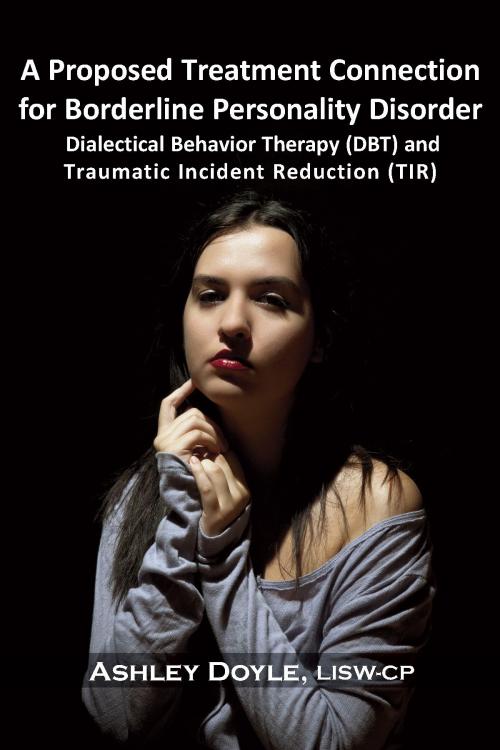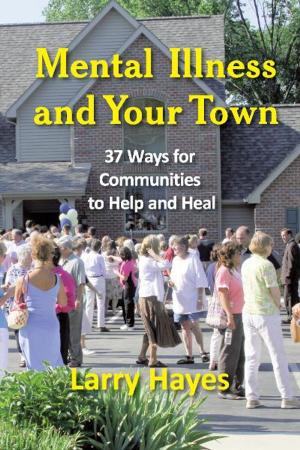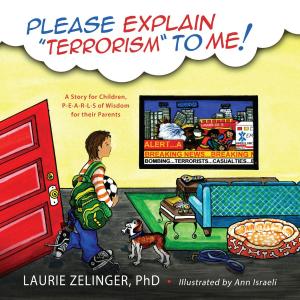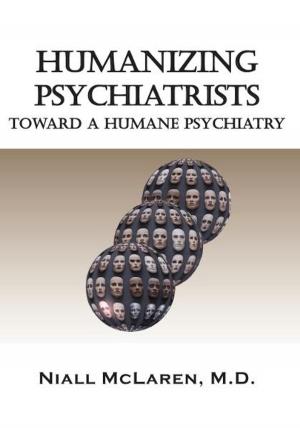A Proposed Treatment Connection for Borderline Personality Disorder (BPD)
Dialectical Behavior Therapy (DBT) and Traumatic Incident Reduction (TIR)
Nonfiction, Health & Well Being, Psychology, Counselling, Compulsive Behaviour, Addictions| Author: | Ashley Doyle | ISBN: | 9781615998722 |
| Publisher: | Loving Healing Press | Publication: | March 28, 2012 |
| Imprint: | Language: | English |
| Author: | Ashley Doyle |
| ISBN: | 9781615998722 |
| Publisher: | Loving Healing Press |
| Publication: | March 28, 2012 |
| Imprint: | |
| Language: | English |
A large percentage of the population experiences some type of trauma in their lifetime; however, they don't all develop a diagnosable disorder. Even though no research can definitively predict what types of traumas will elicit a diagnosable disorder, there has been some indication as to who is more at risk for the development of trauma-related disorders, specifically Acute Stress Disorder (ASD) and Posttraumatic Stress Disorder (PTSD). Yet other disorders may also be elicited such as anxiety disorders, depressive disorders, or personality disorders. Children, the elderly, and the disabled are labeled at-risk due to their dependency on others, sparse coping strategies and resources, and economic disadvantages. Additionally, individuals who experience extra stressors, low-self esteem, and have a poor sense of self are also at risk of developing a disorder rather than use resiliency (Petersen & Walker, 2003). One extreme reaction to trauma exposure is the elicitation of a personality disorder, specifically Borderline Personality Disorder (BPD).
The focus of this paper is three-fold. First, it compares two treatment approaches: Dialectical Behavior Therapy (DBT) and Traumatic Incident Reduction (TIR). These are different in technique and philosophy when regarding the processing of traumatic events. Second, it reviews the evidence for co-morbidity (simultaneous occurrence) between BPD and PTSD. Finally, this paper will propose a strategic plan for the most effective treatment for individuals with BPD and PTSD symptoms.
Metapsychology Monographs #8
Learn more at www.TIRbook.com
A large percentage of the population experiences some type of trauma in their lifetime; however, they don't all develop a diagnosable disorder. Even though no research can definitively predict what types of traumas will elicit a diagnosable disorder, there has been some indication as to who is more at risk for the development of trauma-related disorders, specifically Acute Stress Disorder (ASD) and Posttraumatic Stress Disorder (PTSD). Yet other disorders may also be elicited such as anxiety disorders, depressive disorders, or personality disorders. Children, the elderly, and the disabled are labeled at-risk due to their dependency on others, sparse coping strategies and resources, and economic disadvantages. Additionally, individuals who experience extra stressors, low-self esteem, and have a poor sense of self are also at risk of developing a disorder rather than use resiliency (Petersen & Walker, 2003). One extreme reaction to trauma exposure is the elicitation of a personality disorder, specifically Borderline Personality Disorder (BPD).
The focus of this paper is three-fold. First, it compares two treatment approaches: Dialectical Behavior Therapy (DBT) and Traumatic Incident Reduction (TIR). These are different in technique and philosophy when regarding the processing of traumatic events. Second, it reviews the evidence for co-morbidity (simultaneous occurrence) between BPD and PTSD. Finally, this paper will propose a strategic plan for the most effective treatment for individuals with BPD and PTSD symptoms.
Metapsychology Monographs #8
Learn more at www.TIRbook.com















